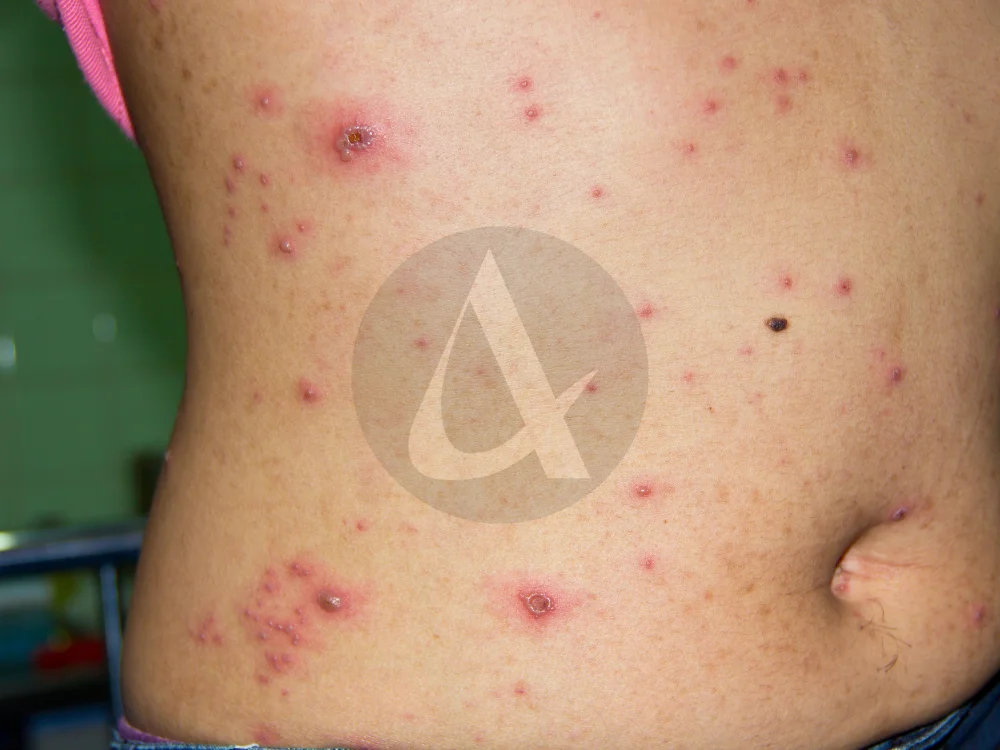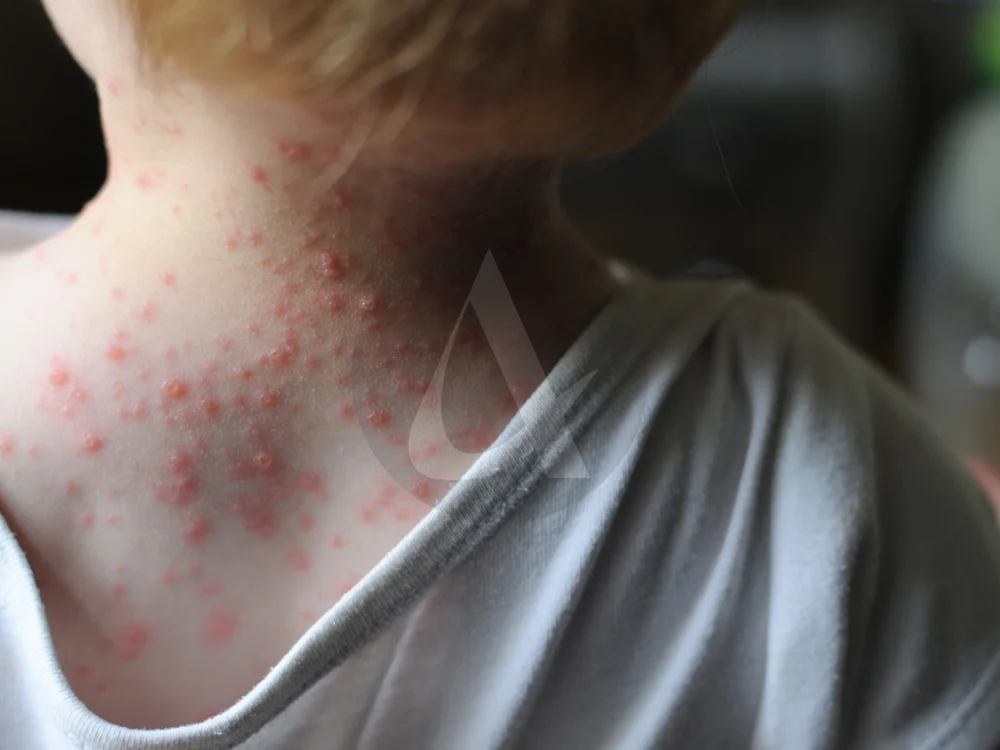Chicken pox is a common childhood illness that often leaves its mark in the form of scars. While the disease itself is temporary, the scars can be a source of discomfort and self-consciousness. Thankfully, with the right strategies and treatments, chicken pox scars can be significantly reduced, or even removed, leaving your skin smooth and glowing.
In this article, we’ll explore effective ways to treat chicken pox scars, from home remedies to advanced medical treatments. Whether you’re looking for quick solutions or long-term care, we’ve got you covered.
What Are Chicken Pox Scars?
Chicken pox scars are the indentations or marks left on the skin after the blisters from chicken pox have healed. These scars typically result when the deeper layers of the skin are damaged, either from scratching or the natural healing process. The most common types of chicken pox scars are:
- Atrophic Scars: Sunken or pitted scars that occur when the skin loses tissue.
- Hyperpigmented Marks: Dark spots caused by excessive melanin production during healing.
Understanding the nature of these scars is essential for choosing the right treatment method.
7 Proven Methods to Treat Chicken Pox Scars
1. Use Natural Remedies
Natural remedies are often the first choice for treating chicken pox scars due to their accessibility and affordability. Here are a few options:
- Aloe Vera: Apply fresh aloe vera gel to scars daily. It helps hydrate the skin, reduce inflammation, and promote cell regeneration.
- Honey: Known for its healing properties, honey can lighten scars and improve skin texture. Apply it as a mask for 15–20 minutes.
- Coconut Oil: Rich in fatty acids and antioxidants, coconut oil helps repair damaged skin and fade scars over time.
2. Incorporate Vitamin E Into Your Routine
Vitamin E is a powerful antioxidant that promotes skin healing. You can use:
- Topical Vitamin E Oil: Apply it directly to the scars.
- Vitamin E-Rich Foods: Include nuts, seeds, and green leafy vegetables in your diet to improve skin health from within.
3. Try Over-the-Counter Creams and Ointments
Several creams and ointments are formulated to reduce the appearance of scars. Look for products containing ingredients such as:
- Silicone Gel: Creates a protective barrier that hydrates the scar tissue, improving its texture.
- Retinol: Encourages skin turnover and collagen production.
- Niacinamide: Reduces pigmentation and improves overall skin tone.
Consult a dermatologist to find the most suitable product for your skin type.
4. Exfoliation and Chemical Peels
Exfoliation helps remove dead skin cells, allowing new, healthy skin to emerge. Options include:
- Gentle Exfoliation: Use a scrub with natural ingredients like oatmeal or coffee once a week.
- Chemical Peels: Treatments containing glycolic acid or salicylic acid can lighten scars and improve skin texture.
Ensure you use sunscreen after these treatments to protect your skin.
5. Microneedling for Deep Scars
Microneedling is a minimally invasive treatment that stimulates collagen production by creating tiny punctures in the skin. It’s particularly effective for atrophic chicken pox scars.
Benefits include:
- Smoother skin texture
- Reduced scar depth
- Improved skin elasticity
Consult a certified professional for safe and effective results.
6. Laser Treatments
For more severe chicken pox scars, laser treatments are a popular option. They work by targeting the deeper layers of the skin, stimulating collagen and reducing scar appearance.
Common types include:
- Fractional Laser: Targets specific areas without damaging surrounding tissue.
- CO2 Laser: More intensive treatment for deeper scars.
Laser treatments require multiple sessions and can be costly, but they offer long-lasting results.
7. Surgical Options for Severe Cases
In rare cases where scars are extensive, surgical options like subcision or punch excision can be used. These procedures are typically performed by dermatologists or plastic surgeons and involve:
- Releasing the scar tissue beneath the skin.
- Removing the scar entirely and replacing it with a smoother skin graft.
While effective, these methods are invasive and should only be considered after other treatments.
Preventing Chicken Pox Scars
Preventing scars during chicken pox is easier than treating them afterward. Follow these tips to minimize scarring:
- Avoid scratching the blisters.
- Keep the affected areas moisturized.
- Use antiseptic creams to prevent infection.
- Protect your skin from the sun during the healing process.
Taking these steps can ensure a smoother recovery and reduce the likelihood of permanent scars.
Lifestyle Changes to Improve Skin Health
A healthy lifestyle can also play a vital role in improving skin health and reducing scars. Incorporate the following habits into your routine:
- Stay Hydrated: Drink plenty of water to maintain skin elasticity.
- Eat a Balanced Diet: Focus on foods rich in vitamins A, C, and E for skin repair.
- Exercise Regularly: Boost blood circulation to nourish skin cells.
- Get Enough Sleep: Adequate rest allows your body to repair and regenerate.
These habits will not only benefit your scars but improve your overall complexion.
FAQs About Chicken Pox Scars
1. Are chicken pox scars permanent?
Not necessarily. While some scars may fade over time with proper care, others may require treatments like microneedling or laser therapy to diminish.
2. How long does it take to see results from scar treatments?
Results vary depending on the method. Natural remedies may take months, while professional treatments like laser therapy can show improvement after a few sessions.
3. Can sunscreen help reduce chicken pox scars?
Yes. Sunscreen prevents hyperpigmentation and protects healing skin, making scars less noticeable over time.
4. Are there any side effects to scar treatments?
Some treatments, like chemical peels and lasers, can cause redness, swelling, or temporary sensitivity. Always consult a dermatologist before starting a new treatment.
5. Is microneedling painful?
Microneedling involves minimal discomfort, often compared to a slight prickling sensation. Numbing creams are typically used to minimize pain.
6. What is the best age to treat chicken pox scars?
You can start treating scars at any age, but earlier intervention often yields better results.
Conclusion
Chicken pox scars don’t have to be a permanent reminder of the illness. With a combination of preventative care, natural remedies, and professional treatments, you can achieve smoother, healthier-looking skin.






